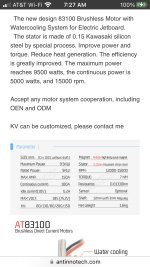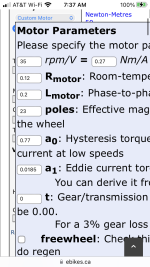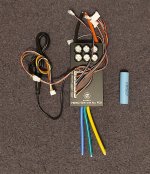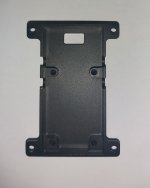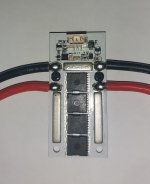Ianhill said:
Hp what controller are you using ?
I had issues with a dualtron hub, id do the resistance test but instead of no reading and time out I'd get random measurements never repeating and far apart, spining the motor would end up lossing sync and an awful sound from the motor but it was possible to manual set up the figures even then id still get red light blinking while under load and a loss of throttle till id reset so i give up that was a vesc 6.6 im sure it was faulty in some way so im hoping to have better results with this 75200 alu, i still got that hub motor im eager to test it see what occurs but id like to spin a qs138 70h with it in time.
This is the one I bought:
https://www.amazon.com/dp/B09J4SV7G5?psc=1&ref=ppx_yo2ov_dt_b_product_details
I'm going to try a few things today after thinking about it a while. I realized that I set the motor type to large outrunner, but noticed there's an option for an ebike hub motor. Not sure if that changes some of the parameters used for testing, but I'm hoping that makes a difference. I was also thinking of making adjustments to the current setting used for the resistance/impedance test. I think that's where it's failing, since looking at videos of the wizard setup, when it works, it seem like the order of testing is resistance test happens first, then the motor spins up, then it does the hall testing.
EDIT - well neither of those things made a difference. another observation is that the hall sensor detection will consistently work, then after doing some of the other setup stuff, going back and running it, it will consistently not detect them. I haven't figured out exactly what I'm doing before that happens, so I think I'll need to do something like recording my steps to troubleshoot that. I've checked to see that they can be detected before running the wizard, but they aren't detected there.
I guess one question is, what type of figures should I be seeing when detecting the hall sensors? Similar readings; random readings; ascending or descending? If I test twice, I mostly get the same readings, but sometimes a few change slightly.
One last thing I may try, although I don't see how it would impact things, is that on one YouTube video, the guy setting up the hall sensor connecter emphasized swapping two of the hall sensor phases. I just connected them in normal order, since I didn't see anything like that anywhere else.


